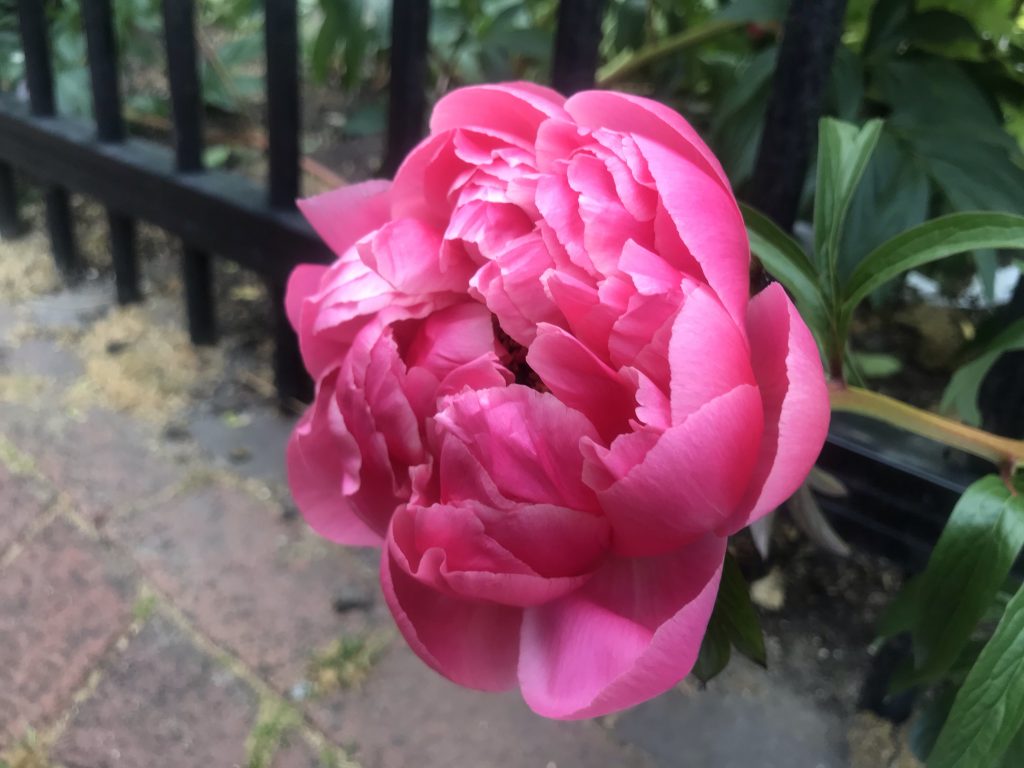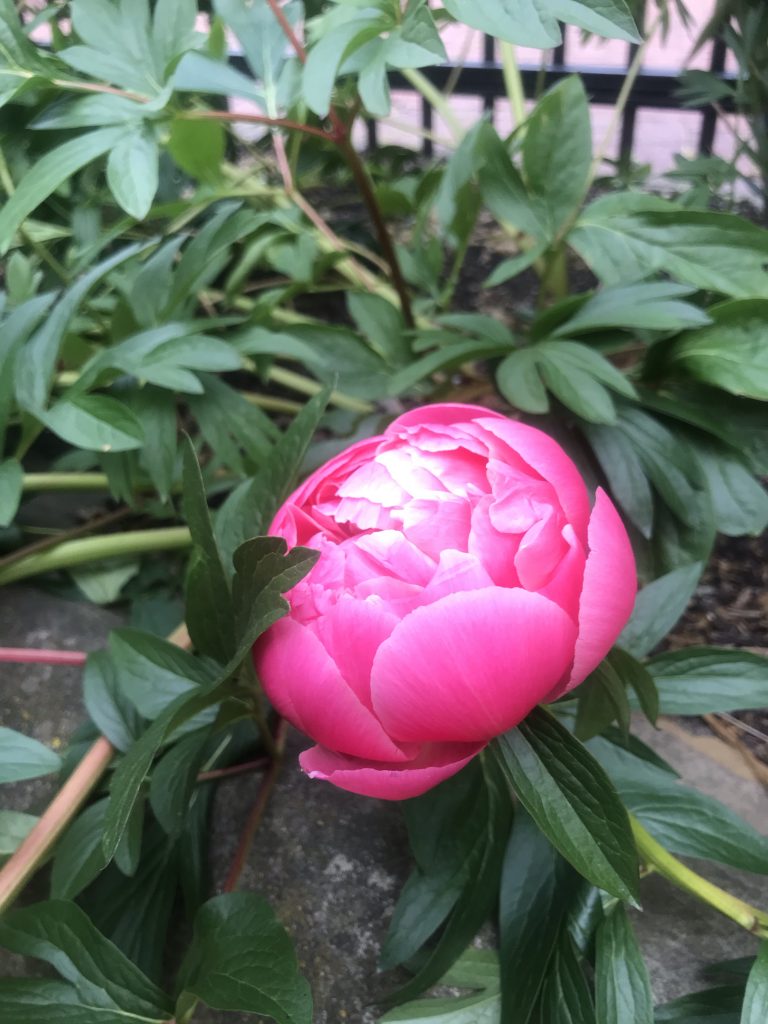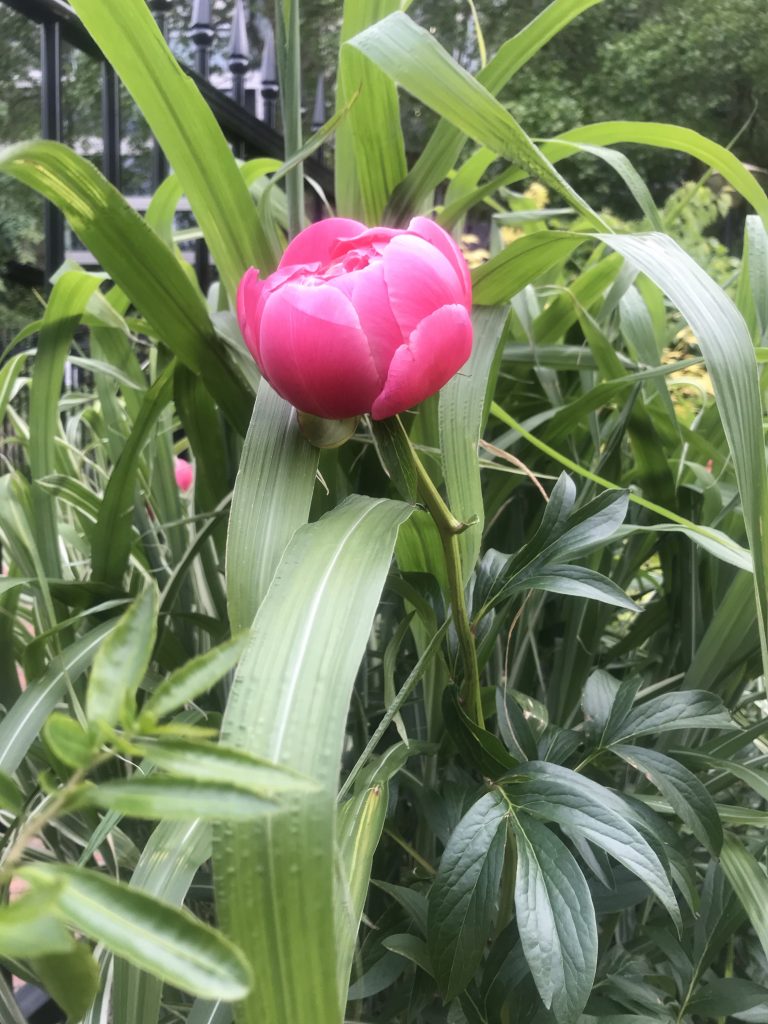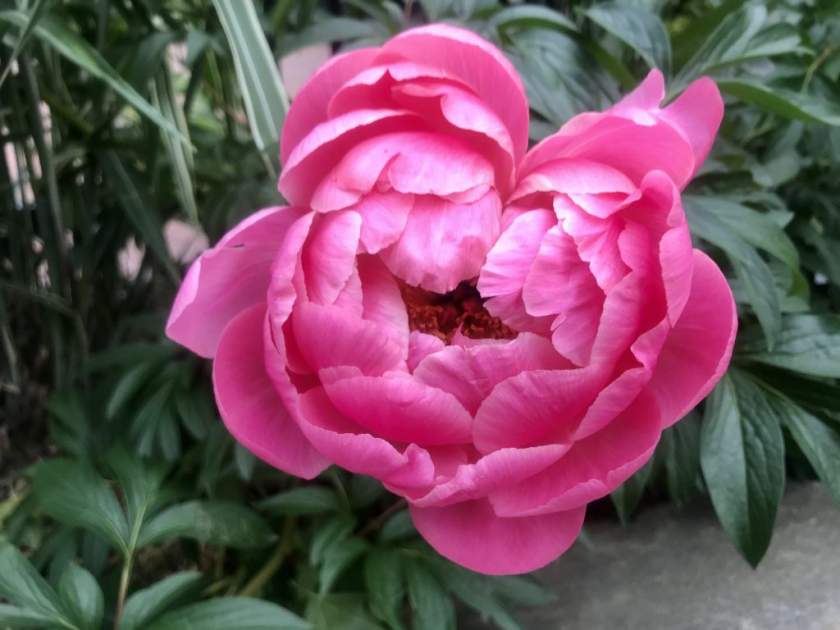Cultivating Paeonia officinalis: A Guide to Growing Common Peony
Background and Characteristics: Paeonia officinalis, commonly known as Common Peony, is a hybrid peony originating from Switzerland, France, and Italy. It belongs to the Paeoniaceae family and is closely related to Paeonia peregrina and P. parnassica. This herbaceous perennial is a deciduous shrub with bright green, divided leaves composed of nine leaflets. Its stunning dark pink flowers, measuring approximately 5 inches in width, grace the plant from late spring to summer, depending on the local climate.
Cultivation:
Sunlight: Paeonia officinalis thrives in a location that offers full or partial sun exposure. Choose a spot facing south, east, or west for optimal growth. While it appreciates some shelter, ensure the plant receives an adequate amount of sunlight.
Soil and Drainage: Plant Paeonia officinalis in well-drained soil that combines chalk, clay, loam, and sand. A rich humus-rich soil mixture is ideal for its growth and development. Prior to planting, amend the soil with compost or manure to enhance drainage and fertility. If dealing with heavy clay soil, consider incorporating sand or gravel to improve drainage.
Watering: Paeonia officinalis requires regular watering, particularly during the first year after planting. Water deeply, allowing the water to reach the plant’s roots. However, ensure the soil is given time to dry out slightly between waterings. In hot and dry climates, it may be necessary to provide more frequent watering to prevent the plant from drying out.
Fertilizing: Paeonia officinalis generally does not demand frequent fertilization. However, it benefits from an annual application of a balanced fertilizer in the spring. Opt for a slow-release fertilizer, such as a 10-10-10 formulation, to provide the necessary nutrients for healthy growth.
Pruning: Paeonia officinalis does not necessitate frequent pruning. In the spring, remove any dead or damaged growth to maintain the plant’s vigor. If you desire a more compact appearance, pruning can be performed in both spring and fall.
Pests and Diseases: Paeonia officinalis typically enjoys resistance to pests and diseases. However, it may occasionally attract aphids, slugs, and snails. If you observe any signs of pest infestation or disease, promptly address the issue by using appropriate pesticides or fungicides to protect the plant’s health.
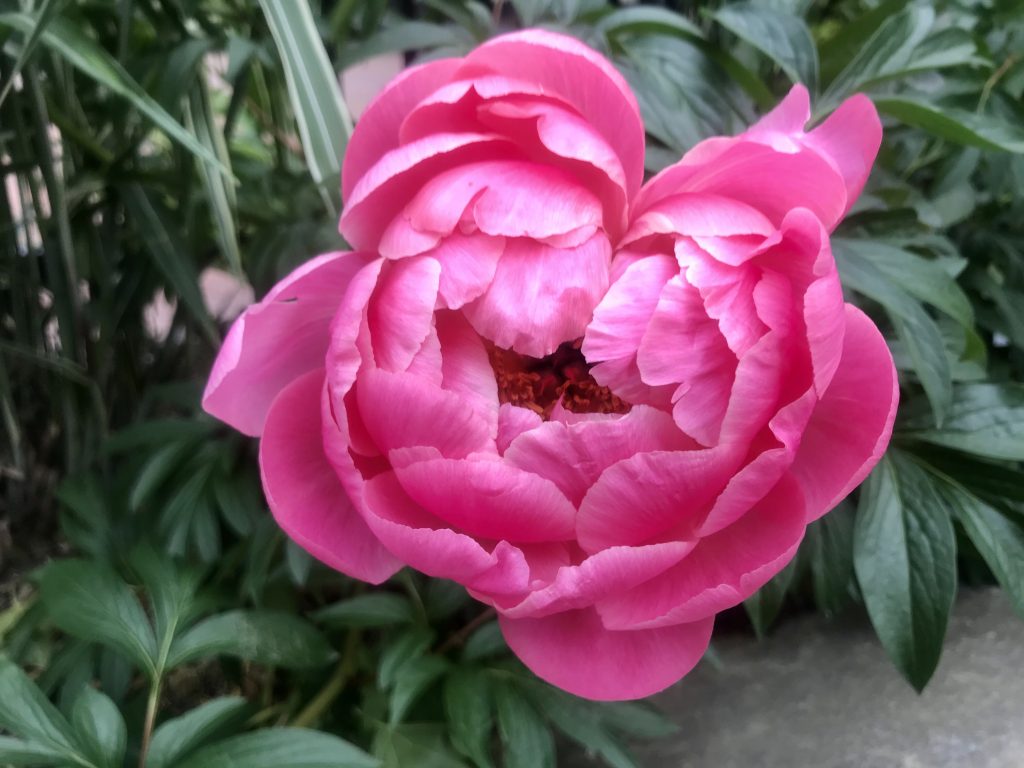
Propagation:
officinalis can be propagated through division during autumn and spring. When dividing the plant, ensure each divided section has enough roots to support its growth. It is a low-maintenance plant that does not require extensive care. Remove faded flowers to encourage further blooming, and prune back the plant after it has died down in autumn.
By following these cultivation guidelines, you can enjoy the beauty and elegance of Paeonia officinalis in your garden or landscape. Its captivating dark pink flowers and resilient nature make it a cherished addition to any floral display.
